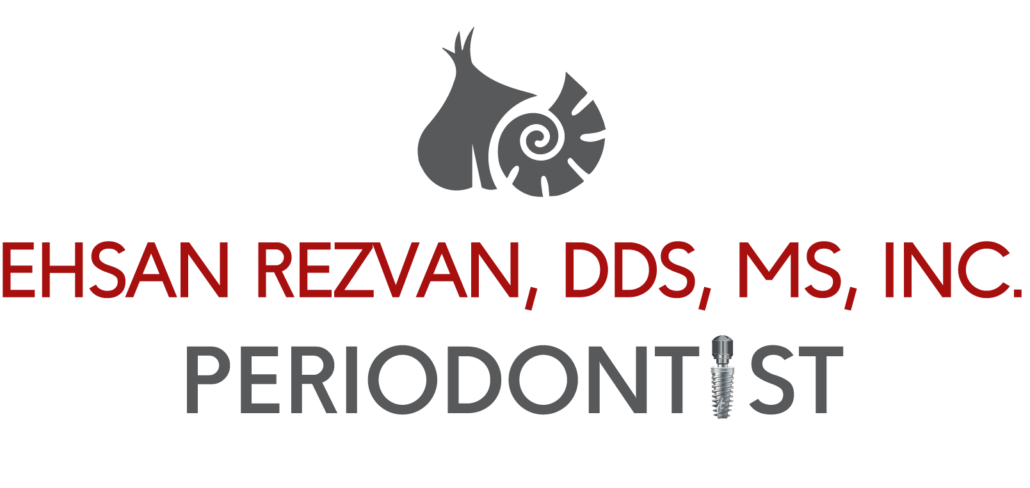Sometimes referred to as pocket reduction surgery or gingivectomy, Osseous surgery describes a number of different surgeries performed to gain access to the tooth roots in order to remove tartar and bacteria.
Often necessary in the effective treatment of advanced periodontal diseases, the purpose of osseous surgery is to to reduce or eliminate periodontal pockets in the alveolar bone that cause disease. Despite the word “surgery,” the procedure feels more like a thorough cleaning.
The goals of this procedure include:
1. Reducing Bacterial Spread
When bacteria from the mouth spreads throughout the body, it can cause life-threatening conditions including heart disease and respiratory disease. Removing tartar also removes the associated bacteria and reduces the risk of bacteria spreading.
2. Preventing Bone Loss
Osseous surgery seeks to stop periodontal disease before the immune system’s inflammatory response to periodontal bacteria leads to bone loss in the jaw.
3. Enhancing the Smile
Mouths plagued with periodontal disease often show brown gums, rotting teeth, and ridge indentations that can leave a person feeling too self-conscious to smile. Osseous surgery seeks to reduce bacteria and disease thereby simultaneously restoring your mouth’s appearance and your confidence.
4. Facilitating Home Care
As gum pockets deepen, it becomes nearly impossible to adequately brush and floss. Osseous surgery reduces pocket size and thereby prevents further periodontal disease.
What Does The Procedure Entail?
Once local anesthetic is applied, Dr. Rezvan will cut around each tooth in the affected area to release the gum tissue from the bone and allow access to the bone and roots of the teeth. Once the roots have been thoroughly cleaned, a drill and hand tools will be used to reshape the bone surrounding the teeth. To restore the normal rise and fall of the bone, some may be removed, and bone grafting may be necessary to fill large voids.
Next, the gums will be sutured back in place over the remaining bone and the site will be covered with a bandage (periodontal pack) or dressing. Following the surgery, pain medicine and mouth rinses containing chlorhexidine are generally prescribed.
If bleeding and swelling occur after the surgery, do not be alarmed, and simply place an ice pack on the outside of the affected area. If the bleeding and swelling persists in excess, we suggest calling our office. Several follow-up visits may be necessary following the surgery, and a meticulous maintenance program must be followed in order to avoid post-operative infection.

